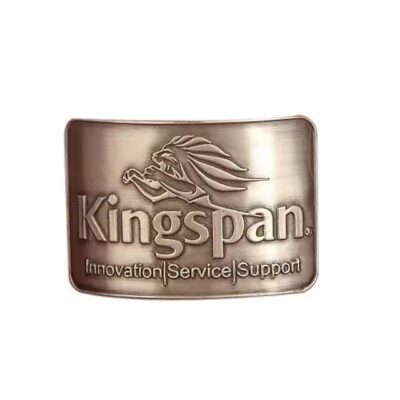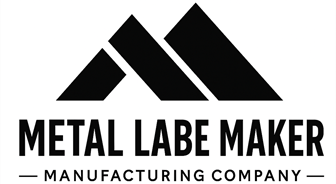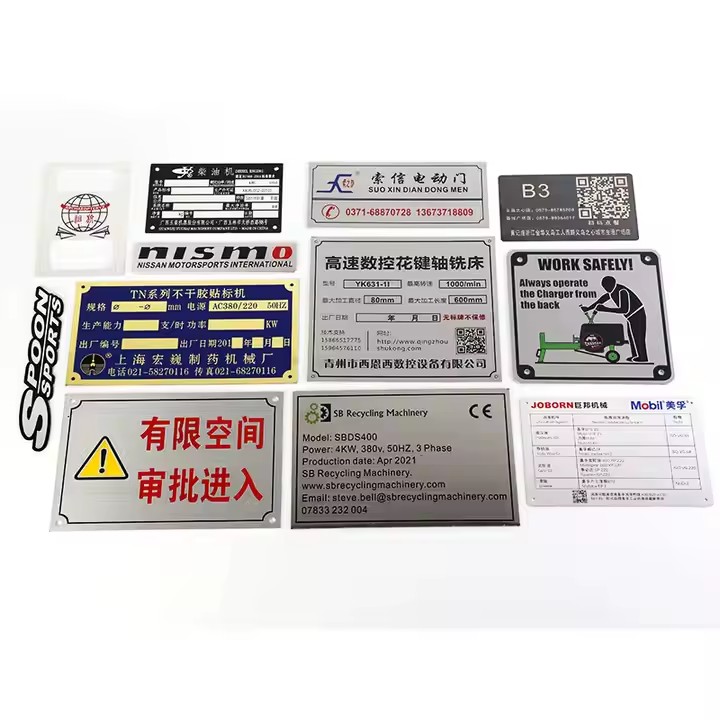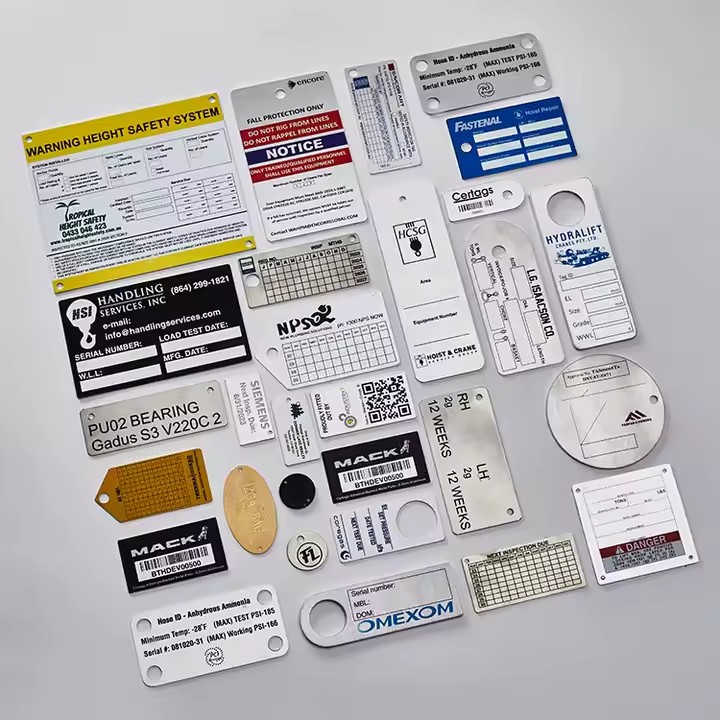Detailed Explanation of Stamping and Embossing for Brass Labels
Stamping and embossing are two essential manufacturing techniques used to enhance the functionality and aesthetic appeal of brass labels. These processes add texture, depth, and durability, making brass labels stand out in both industrial and decorative applications. Understanding these techniques helps in appreciating the craftsmanship and design possibilities of brass labels.
What is Stamping?
Stamping is a process where a metal sheet, such as brass, is placed between a die and a punch, and pressure is applied to imprint a design onto the surface. This technique can produce intricate patterns, logos, serial numbers, and text with sharp precision and consistency. Stamping is widely used for mass production due to its efficiency and repeatability.
Key Features of Stamping:
-
High Precision: Achieves detailed and consistent designs.
-
Fast Production: Suitable for large volume runs.
-
Versatile: Can create raised or recessed patterns depending on the die.
-
Durability: Imprints are permanent and resistant to wear.
What is Embossing?
Embossing is a technique that raises the surface of the brass label to create a three-dimensional design. This is done by pressing the metal between two matching dies, one with a raised design (male die) and one with a recessed design (female die). The metal is deformed plastically, forming a raised pattern on the front and a corresponding recessed pattern on the back.
Key Features of Embossing:
-
3D Texture: Adds tactile and visual depth to the label.
-
Elegant Appearance: Enhances branding and decorative appeal.
-
Customization: Allows complex and varied designs.
-
Enhanced Legibility: Raised elements can improve readability and emphasis.
Differences Between Stamping and Embossing
| Aspect | Stamping | Embossing |
|---|---|---|
| Process | Imprints design into the metal | Raises design above the surface |
| Design Depth | Can be shallow or deep imprints | Creates raised, 3D patterns |
| Visual Effect | Flat, engraved look | Textured, raised look |
| Typical Use | Logos, serial numbers, detailed text | Decorative logos, patterns, branding |
| Production Volume | High-volume, fast | Moderate to high-volume |
Applications of Stamping and Embossing in Brass Labels
-
Industrial Nameplates: Clear, permanent identification with stamped serial numbers and codes.
-
Luxury Branding: Raised logos and patterns that convey a premium feel.
-
Decorative Tags: Artistic embossed designs for furniture, gifts, and custom products.
-
Compliance Labels: Durable stamped markings that withstand wear and environmental exposure.
Conclusion
Stamping and embossing are critical techniques in producing high-quality brass labels. While stamping offers precision and speed, embossing adds a tactile, luxurious dimension to labels. Both methods enhance the durability and aesthetics of brass labels, making them suitable for a wide range of applications. Choosing the right technique depends on the design requirements, production volume, and desired visual effect.







